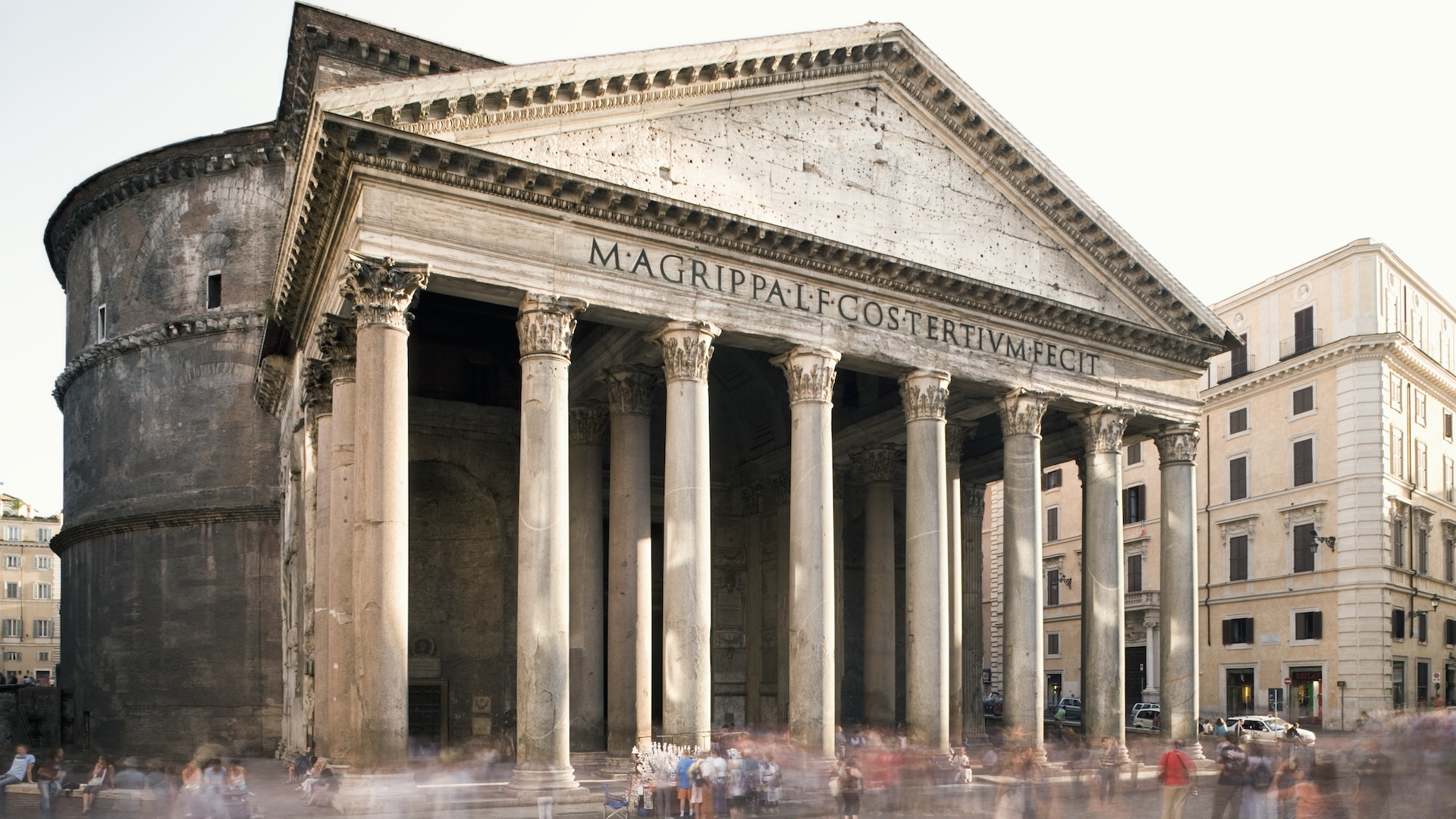When you buy through links on our internet site , we may earn an affiliate commission . Here ’s how it shape .
pop medium , such as the 2000 film " prizefighter , " often depict Roman gladiators in gory struggle that do n’t cease until at least one of the fighters is slain . But in material life , did gladiator really fight to the death ?
In fact , sometimes they did , but not always , expert secernate Live Science . Alfonso Manas , a researcher at the University of California , Berkeley who has studied gladiators extensively , said evidence indicates that the fatality rate charge per unit of prizefighter varied substantially over time .

Gladiator fights in ancient Rome were brutal, but did these fighters usually die in the arena?
For instance , tomb painting dating to the quaternary C B.C. at the site of Paestum , a Lucanian city in Italy that finally came under romish rule , show that the " gladiator are receive awful injury , " such as spears getting stuck in their opponent ’s head , that would have been fatal , Manas told Live Science in an email . This suggest that many early prizefighter battle ended in the death of one or both fighter .
Gladiator games were rectify after 27 B.C. , causing the death rate to decrease , Manas noted . These reform happened during the reign of Emperor Augustus ( circa 30 B.C. to A.D. 14 ) and Tiberius ( circa 14 to 37 ) . " In the 1st century A.D. we know [ the ] death rate perfectly : the study of the results of gladiator fights painted on the walls of Pompeii say that out of 5 fights , one ended with the decease of the loser , " Manas said , add that this death rate probably remained similar during the second one C A.D. Although many gladiators were slaves , with the fall in mortality , some free individuals volunteered to become gladiators , Manas added .
We do n’t bed the specific convention that changed after 27 B.C. However , grounds does indicate that a gladiator could surrender by drop their shield and extending their index finger finger , Manas say . Additionally , there was a " summa rudis " — a referee — who could apply rule and block the competitiveness if a gladiator was on the wand of being kill . If the soul carry gladiator fights granted it , the loser would be appropriate to leave the sports stadium without further harm . If the person hosting the effect assert on the prizefighter being shoot down , they would have to ante up a expectant union to the person who provided the gladiators .

Gladiator fights in ancient Rome were brutal, but did these fighters usually die in the arena?
" Gladiators could be rented from their owner by magistrate who require to put on game , and there is some grounds of these contracts that shows that if a prizefighter was returned severely injured — or killed outright — the term of a contract of the prizefighter would be convert to a sale [ and ] the price could increase by something like 50 time the original contract cost,“Virginia Campbell , a lecturer of definitive study at The Open University , told Live Science in an email .
This rate of end appears to have increased in the third C A.D. , Manas noted . " A greater taste for ruthlessness became pop among the people , with combat where the unsuccessful person was not allowed to ask for the pardon becoming customary again , " he said . " The reservoir of the third one C intimate that one out of two fights finish with the expiry of the loser . "
This high rate of dying may have continued into the quaternary one C ; mosaic at the site of Torrenova show the losers of a serial publication of prizefighter fight stagnant , Manas mark . prizefighter games worsen in the 5th 100 , and the remaining fights would not likely have been to the last , he order .

Untrained prisoners
Not everyone who went into the arena would have been gladiators , who had been trained and were expected to fight other people . Some were untrained prisoner who had been sentence to death by being eaten by wild animals . These prisoners " had no training , oft no or only the most rudimentary of weapons , and were wait to die , " Campbell said . This usually end in the destruction of the untrained prisoner .
— Why are so many papist statues headless ?
— Why did n’t Alexander the Great invade Rome ?

— Who really wear thin togas ?
The prisoners would have been " facing down likely starve animals in the hope the animals would rend them asunder , " Campbell said . " These death would be the affectionate up act prior to the factual trained gladiator crusade . "
Because the prisoners were not educate and had little or no weapons , they were relatively cheap . " It not only was comparatively cheap fodder for deadly entertainment , but the practice of putting inmate in the arena was see as a sort of balk — do n’t commit crimes or you could terminate up here , " Campbell said . " Entertainment and social control in one fell swoop . "
















